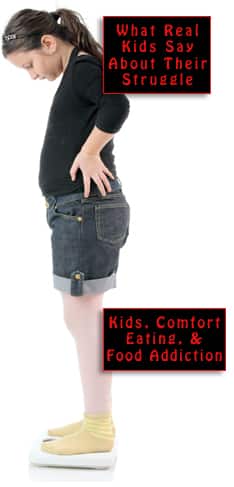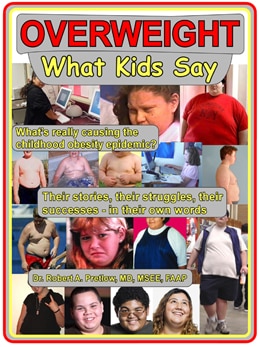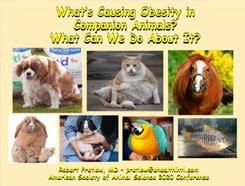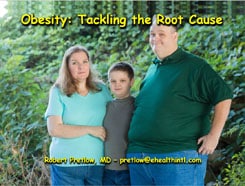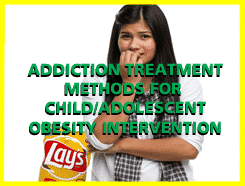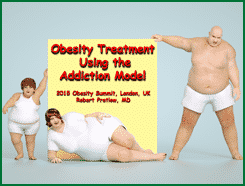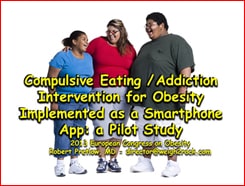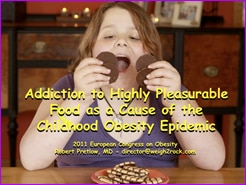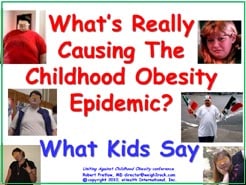Addiction and Hard Questions

We broke off in the middle of considering an article by H. Ziauddeen and P. C. Fletcher of the University of Cambridge. They were talking about the concept of food addiction, in relation to the “useful indicators of substance dependence.” The building up of tolerance is a famous indicator, with its constant need to increase the amount of substance to achieve the desired effect.
Withdrawal is another term that needs careful consideration. One psychological factor that comes into play is the “expenditure of effort to acquire the addictive substance.” Is stealing a candy bar the same as killing someone for heroin? Is stealing meat less culpable than stealing cupcakes? Is food abuse the same as food dependence? And doesn’t that phrase sound slightly absurd? After all, 100% of humans are food-dependent.
But then, we get back on more solid ground as the authors say,
Substance abuse is characterized by recurrent use of the substance with one or more of the following features: failure to fulfil role obligations, use in harmful situations, consequent legal problems and persistent use despite negative consequences.
Morbidly obese people do put themselves in harmful situations, like, for instance, the risk of losing a job or insurance because of uncontrollable eating. They face social disapproval every time they board an airplane. They lie to loved ones and do crazy things. Here is an anonymous quotation:
I buy a package of ice cream, then eat it all. Then I have to go to the store to buy it again. For a week my family thinks there’s a thing of ice cream in the fridge — but it’s actually five different ones.
Food addiction theory was considered by the Cambridge authors, at that time, as a “rough and incomplete descriptive phenomenon that is unsupported by existing evidence.” They doubted that substance addiction was the best framework for discussing food addiction, and added that if food addiction is to have any clinical value,
[…] it must add something to the treatment of sufferers either in terms of developing/selecting the appropriate psychological therapy or the right pharmacological treatment.
Around the same time, a four-author paper was published that indicated parallels between drug addiction and obesity. Drawing their conclusions from brain imaging studies, they wrote of how both drugs and food come with built-in reinforcing tools. Dopamine squirts out and the brain likes it, and ignores other parts of itself that try to let reason prevail.
Being hooked on food or drugs can both be called…
[…] disorders in which the saliency of a specific type of reward (food or drug) becomes exaggerated relative to, and at the expense of others rewards… The combined results suggest that both obese and drug-addicted individuals suffer from impairments in dopaminergic pathways that regulate neuronal systems associated not only with reward sensitivity and incentive motivation, but also with conditioning, self-control, stress reactivity and interoceptive awareness.
Your responses and feedback are welcome!
Source: “Is food addiction a valid and useful concept?,” Wiley.com, 10/12/12
Source: “Everything You Know About Obesity is Wrong,” HuffingtonPost.com, 09/19/18
Source: “Obesity and addiction: neurobiological overlaps,” Wiley.com, 09/27/12
Image by Alexander Henning Drachmann/CC BY-SA 2.0










 FAQs and Media Requests:
FAQs and Media Requests: 